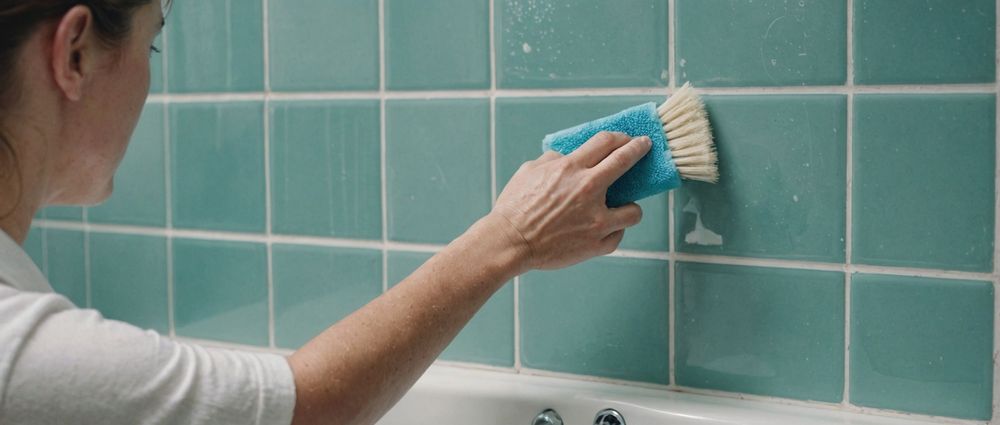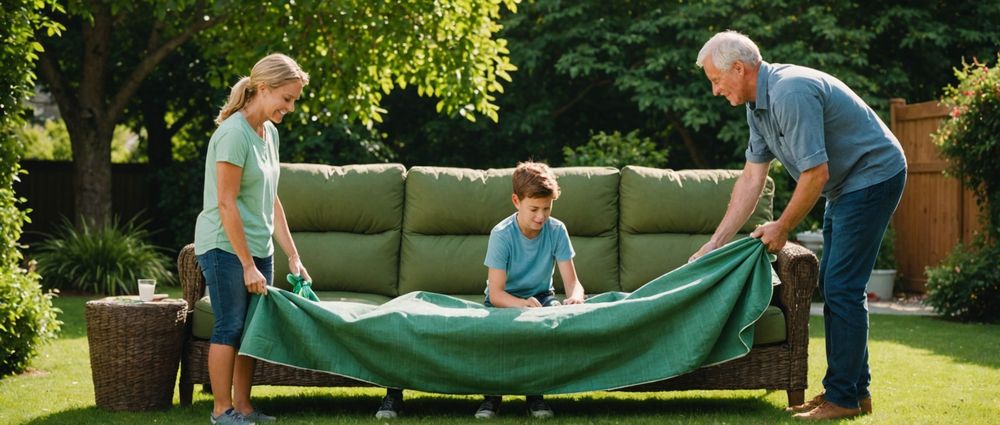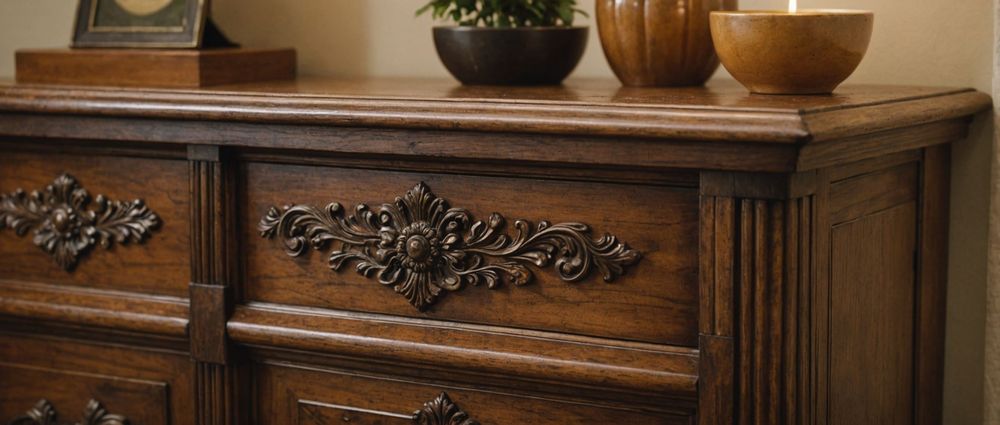Mildew is an unwelcome guest in any home, known for its musty odor and unsightly patches. It thrives in damp, warm environments, making it essential to address it promptly to maintain a healthy living space. Thankfully, various effective methods can be employed to remove mildew from different surfaces, including walls, fabric, and wood furniture. This comprehensive guide covers the best techniques to eliminate mildew and restore your home to its original condition.
Understanding Mildew: The Basics

Before diving into removal techniques, it’s crucial to understand what mildew is. Mildew is a type of fungus that generally appears as a thin, powdery coating. It can be white, gray, or even black, thriving in humid conditions. By understanding the underlying causes of mildew growth, such as excessive moisture and poor ventilation, you can take preventive steps to avoid future infestations. Prevention is always better than cure; thus, recognizing the signs early can save you from much deeper issues. Regular monitoring and maintenance of your living spaces are key in preventing mildew from returning.
How to Remove Mildew from Walls

Walls, particularly in bathrooms and basements, are prime spots for mildew growth. To effectively remove it, follow these steps:
-
Prepare the Area:
Ensure the room is well-ventilated. Open windows and doors to allow fresh air to circulate. -
Gather Supplies:
You will need a scrub brush, a bucket, and cleaning solutions such as vinegar, bleach, or commercial mildew removers. -
Mix Your Solution:
If using vinegar, mix equal parts water and white vinegar. For bleach, mix one part bleach with three parts water. -
Application:
Using the scrub brush, apply the solution to the affected areas, scrubbing gently to avoid damaging the paint or drywall. -
Rinse and Dry:
After scrubbing, rinse the area with clean water and thoroughly dry the walls to prevent recurrence.
These steps will help ensure that your walls are free from mildew, though additional preventive measures—such as using a dehumidifier—may be beneficial.
Removing Mildew from Fabric

Cleaning mildew from fabric can be challenging, but effective methods exist to tackle the issue. Follow these steps for optimal results:
-
Take the Fabric Outside:
To prevent spores from spreading, take the fabric outdoors before cleaning. -
Brush Off Loose Mold:
Use a soft brush to remove any loose mildew clumps gently. -
Soak in Vinegar Solution:
Mix equal parts of white vinegar and water in a bucket and soak the fabric for 30 minutes. -
Wash as Usual:
After soaking, wash the fabric with regular detergent and hot water, as fabrics tolerate heat better. -
Dry Thoroughly:
Air dry the fabric in sunlight, as UV rays help kill remaining spores.
Making sure that the fabric is completely dry is essential for preventing mildew from resurfacing.
How to Tackle Mildew on Wood Furniture
Wood furniture is particularly susceptible to mildew if it has been exposed to moisture. Removing mildew requires gentle handling to prevent damage to the wood finish:
-
Assess Damage:
Before cleaning, assess the extent of the mildew and determine if the finish can withstand cleaning. -
Dust the Surface:
Use a dry cloth to remove surface dust and loose mildew. -
Prepare a Cleaning Solution:
Mix one part vinegar and one part water in a spray bottle. -
Apply and Wipe:
Lightly spray the solution onto a cloth, then gently wipe the affected areas. Avoid saturating the wood. -
Condition the Wood:
After cleaning, apply a wood conditioner to help restore its shine and protection.
By following these steps, you can effectively clean mildew off your wooden furniture while preserving its appearance.
Preventing Mildew from Returning
Preventing mildew requires ongoing efforts to control moisture in your home. Here are some effective strategies to keep mildew at bay:
-
Humidity Control:
Keep humidity levels below 60% by using dehumidifiers, especially in damp areas. -
Improve Ventilation:
Ensure that areas like bathrooms and kitchens are well-ventilated by using exhaust fans. -
Regular Cleaning:
Clean areas prone to mildew regularly to prevent buildup. -
Waterproofing:
Consider waterproofing solutions in areas like basements to eliminate moisture entry. -
Check for Leaks:
Regularly inspect your home for leaks and repair them promptly to prevent moisture buildup.
Implementing these preventive measures is essential for a long-term solution to mildew problems, ensuring a healthier and more pleasant home environment.
Conclusion
Removing mildew from various surfaces like walls, fabrics, and wood furniture is not only possible but essential for maintaining a clean and healthy home. By understanding the causes of mildew, employing effective removal methods, and implementing preventive measures, you can keep your living space free from this pesky fungus. Regular maintenance and vigilance play a crucial role in combating mildew, allowing you to enjoy a fresh and inviting environment.
Часто задаваемые вопросы
1. What causes mildew to grow in my home?
Mildew thrives in damp and humid environments, often caused by factors like poor ventilation, leaks, or high humidity levels. It can grow on various surfaces, including walls, fabrics, and wood.
2. Is vinegar effective in removing mildew?
Yes, vinegar is a natural antifungal agent that effectively removes mildew from various surfaces. It is also less harmful than bleach and can be used on many materials.
3. Can I use bleach to clean mildew?
Bleach is effective in killing mildew, especially on non-porous surfaces. However, it should be used with caution, as it can discolor or damage certain materials.
4. How can I prevent mildew from returning?
Prevent mildew by controlling humidity levels, improving ventilation, and regularly cleaning vulnerable areas. Repairing leaks and using waterproofing methods can also aid in prevention.
5. What should I do if mildew keeps coming back?
If mildew keeps returning, investigate the root causes, such as hidden leaks or persistent moisture issues. Consider consulting a professional to address any underlying problems effectively.
